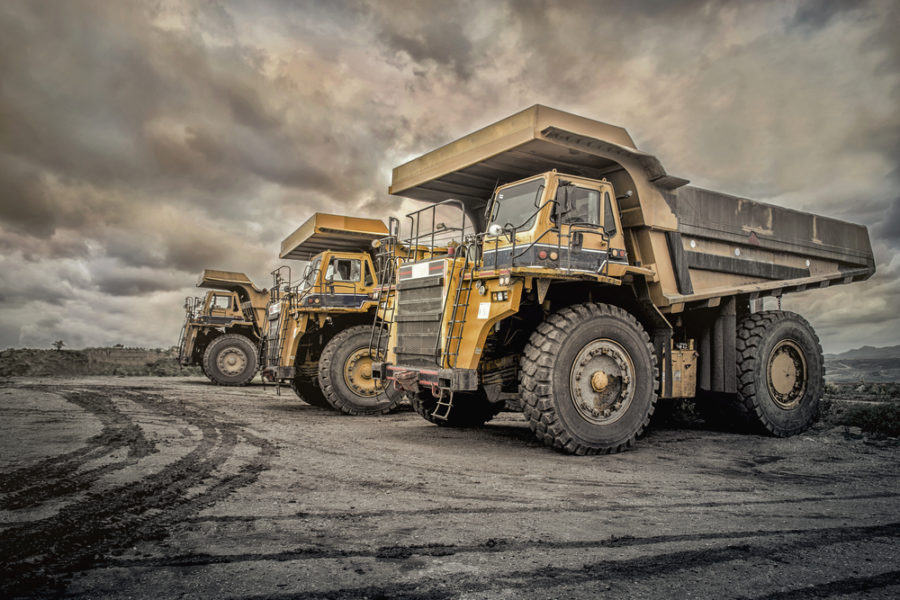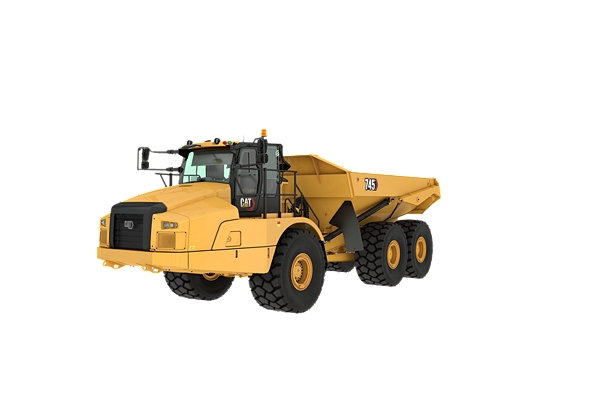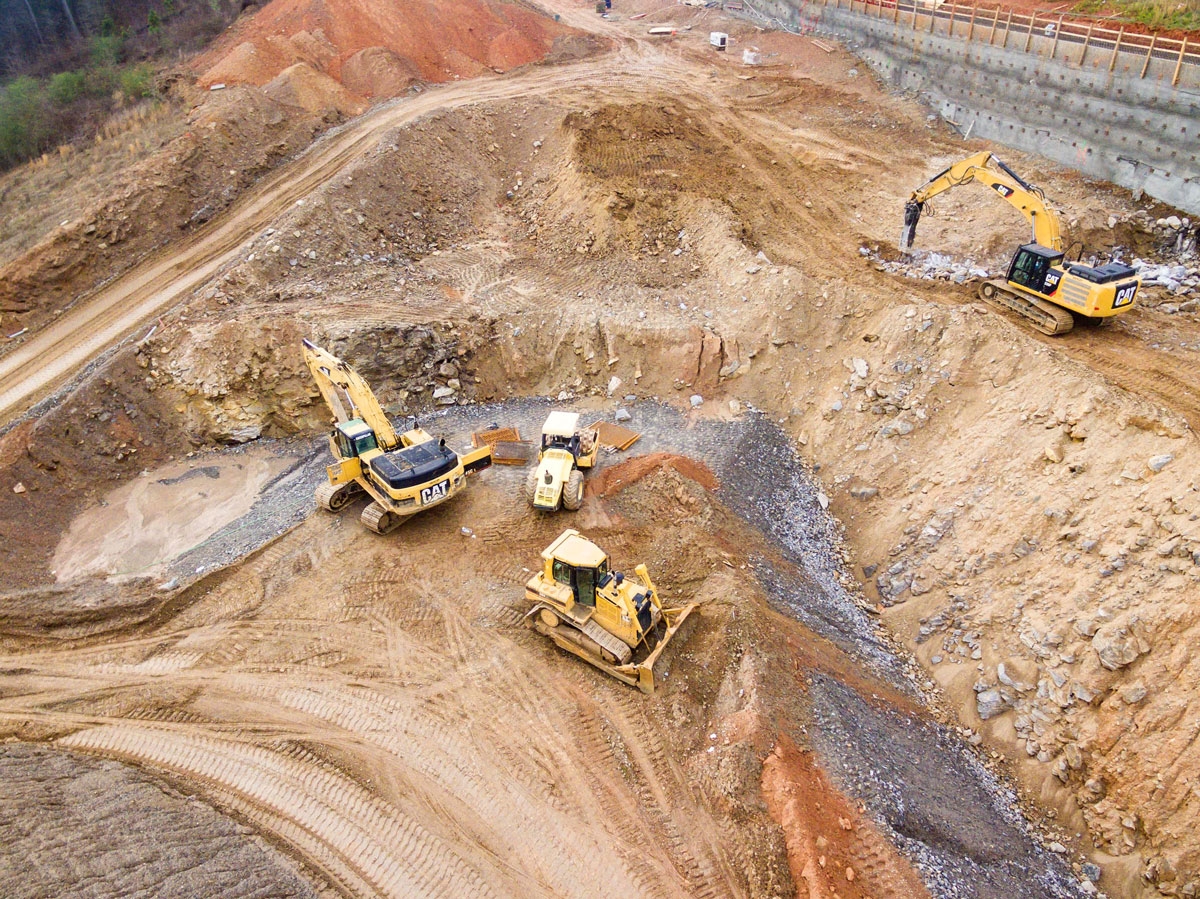Inexpensive Dozer Rental Services Near You
Inexpensive Dozer Rental Services Near You
Blog Article
Renting Out Vs. Buying Construction Tools: Making the Right Selection for Your Job
When starting a building and construction project, one of the essential decisions that forecast supervisors and stakeholders deal with is whether to lease or get building and construction devices. Both alternatives have their downsides and benefits, making the option an essential one in the task preparation process. The decision hinges on different factors such as expense considerations, job duration, devices maintenance, danger, scalability, and versatility monitoring. Each element plays a crucial duty in determining one of the most appropriate course for the job's equipment requirements. construction equipment rentals. Let's explore these elements additionally to understand exactly how they affect the decision-making process and ultimately the success of the task.
Price Considerations
Renting out devices often needs lower initial repayments compared to acquiring, making it an appealing choice for temporary projects or specialists with spending plan restraints. In the lengthy run, continually renting out tools can collect higher prices than purchasing, specifically for extensive tasks.
On the various other hand, getting building and construction devices includes higher upfront prices but can lead to long-term financial savings, especially for constant users or long-term projects. Having devices provides versatility, benefit, and the potential for resale worth once the project is finished. Furthermore, owning devices permits customization and familiarity with certain equipment, possibly increasing efficiency and productivity on-site. Ultimately, the decision between acquiring and renting building and construction tools depends upon the project's duration, frequency of use, budget considerations, and long-term monetary goals.
Project Period

On the other hand, for lasting jobs or continuous building and construction work, acquiring tools might be the extra affordable alternative. Buying devices can bring about cost financial savings over time, particularly if the equipment will be often used. Furthermore, having devices gives a sense of control over its availability and permits customization to fit specific task needs.

Devices Maintenance
Given the important role job duration plays in determining one of the most cost-effective method in between renting and purchasing building and construction equipment, the focus now changes towards taking a look at the crucial element of devices upkeep. Appropriate upkeep is important for guaranteeing the optimum efficiency and durability of building devices. Renting out devices typically comes with the advantage of having well-kept equipment provided by the rental company. This can minimize the burden of maintenance jobs from the job owner or contractor, saving effort and time. On the various other hand, owning devices calls for an aggressive method to upkeep to stop breakdowns, ensure safety, and prolong the devices's life-span. Normal assessments, maintenance, and prompt repair work are necessary to keep owned and operated equipment in top functioning condition. Element in maintenance prices when choosing between renting and getting, as neglecting upkeep can bring about costly repair work, downtime, and project hold-ups. Eventually, a properly maintained building devices fleet, whether leased or owned, is important for the effective and efficient completion of building jobs.
Flexibility and Scalability
In the world of construction devices management, the aspect of flexibility and scalability holds substantial relevance for job efficiency and resource use. Choosing to rent construction equipment gives a high level of flexibility as it permits the fast modification of devices types and quantities based on the advancing requirements of a task. Leasing makes it possible for specialists to access a large array of customized tools that might be required for particular jobs without the long-term commitment of possession. This flexibility is specifically advantageous for jobs with varying requirements or unclear durations (construction equipment rentals).
Renting building devices provides the advantage of conveniently scaling operations up or down as task needs vary. Professionals can quickly trade or add tools to match the project's changing needs without the restrictions of having assets that might come to be underutilized or obsolete.
Danger Management
Efficient danger management in building and construction tools operations is extremely important to guaranteeing task success and mitigating possible economic losses. Building projects inherently include numerous risks, such as tools malfunctions, accidents, and job hold-ups, which can dramatically impact the task timeline and budget plan. By meticulously taking into consideration the threats connected with owning or leasing construction devices, project managers can make informed choices to reduce these possible dangers.
Leasing building devices can offer a level of threat reduction by transferring the duty of repair and maintenance to the rental firm. This can minimize the financial burden on the job owner in instance of unexpected tools see page failures (scissor lift my link rental). Additionally, leasing provides the flexibility to accessibility specialized tools for details project phases, reducing the danger of owning underutilized equipment
On the other hand, owning construction devices gives a feeling of control over its usage and upkeep. However, this additionally indicates bearing the complete obligation for repairs, upkeep costs, and depreciation, increasing the monetary threats related to tools ownership. Careful danger assessment and factor to consider of factors such as job duration, equipment usage, and upkeep demands are crucial in figuring out the most ideal choice for effective risk management in construction jobs.
Verdict
In verdict, when choosing between renting out and acquiring building tools, it is very important to consider expense, project duration, equipment maintenance, scalability, threat, and adaptability monitoring. Each element plays a vital function in establishing the most appropriate option for the job handy. By meticulously assessing these aspects, job managers can make an enlightened decision that lines up with their spending plan, timeline, and total job goals.

Report this page